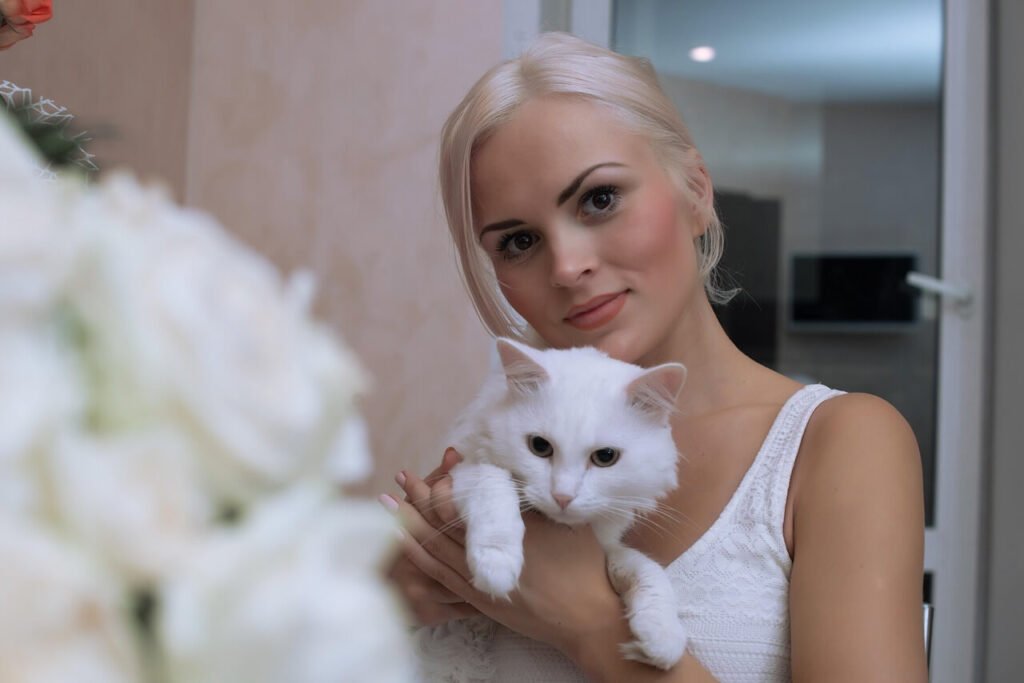Common Cat Health Issues and Warning Signs
From sneezes to sneaky symptoms, here’s how to spot the most common health problems in cats—before they turn serious. Friendly advice for cat parents.
That Feeling When Something Feels “Off”. If you’ve ever found yourself staring at your cat, thinking, “She’s just not acting like herself,” — you’re not alone.
Cats are masters of hiding discomfort. In the wild, showing weakness made them vulnerable, and that instinct is still alive and well in your living room. That’s why it’s so important to know the subtle signs of common health issues—before they become big problems.
Let’s walk through a few of the most frequent ones cat parents should watch for.
Urinary Tract Issues (UTIs and Blockages)
The symptoms:
- Frequent trips to the litter box with little or no output
- Crying or straining during urination
- Peeing outside the box
- Blood in the urine
Why It Matters:
Especially in male cats, urinary blockages can become life-threatening fast—we’re talking emergency vet visit territory.
What You Can Do:
- Keep water flowing (try a cat fountain)
- Feed wet food when possible
- Monitor litter box habits daily
- Call your vet ASAP if you notice straining
Dental Disease (It’s More Common Than You Think)
The Symptoms:
- Bad breath (not just “cat food breath”)
- Drooling
- Pawing at the mouth
- Difficulty chewing
Why It Matters:
Dental infections can lead to pain, weight loss, and even heart or kidney issues if bacteria spreads.
What You Can Do:
- Try brushing (yes, really!) with feline-safe toothpaste
- Offer dental treats or chews
- Ask your vet about yearly dental cleanings
Vomiting and Hairballs
When It’s a Problem:
- Your cat vomits more than 1–2x a month
- There’s food, foam, or blood in the vomit
- They seem lethargic or lose interest in food
What You Can Do:
- Switch to a hairball control formula
- Brush more often
- Add fiber or a vet-recommended hairball remedy
- Visit the vet if it continues
Parasites (Yes, Even Indoor Cats)
The Symptoms:
- Scooting
- Diarrhea or visible worms in stool
- Excessive licking around the rear
- Flea dirt or scratching
Even indoor cats can get fleas or worms from the environment, visitors, or a sneaky mosquito.
What You Can Do:
- Keep up with regular flea and worm preventatives
- Use vet-approved products (some OTC stuff can be toxic)
- Vacuum frequently and wash bedding
Obesity and Joint Issues
We love a chunky cate meme but extra weight can lead to arthritis, diabetes, and heart problems
Signs of Trouble:
- Difficulty jumping or climbing
- Less interest in play
- Visible weight gain or waddling walk
What You Can Do:
- Switch to a weight-control diet
- Introduce low-impact play (like wand toys or food puzzles)
- Get your vet’s help with a weight-loss plan
Trust Your Gut (And Your Cat’s Instincts)
You know your cat better than anyone. If something feels off—even if it’s subtle—it’s worth checking in with your vet. A slight behavior change today could be the clue that helps you catch something early.
Quick-Glance Checklist: Signs Something Might Be Wrong
- Sudden changes in appetite or water intake
- Sleeping more (or less) than usual
- Over-grooming or hair loss
- Litter box avoidance
- Hiding, hissing, or becoming unusually clingy
The goal here isn’t to make you paranoid—it’s to give you confidence. A little awareness goes a long way toward keeping your furry friend healthy and happy.
When in doubt? Call the vet. You’ll never regret being cautious when it comes to your cat’s health.
You might also like:
Litter Box Training for Kittens: Simple Steps for Success
Top Cat Enrichment Ideas That Prevent Boredom and Bad Behavior

